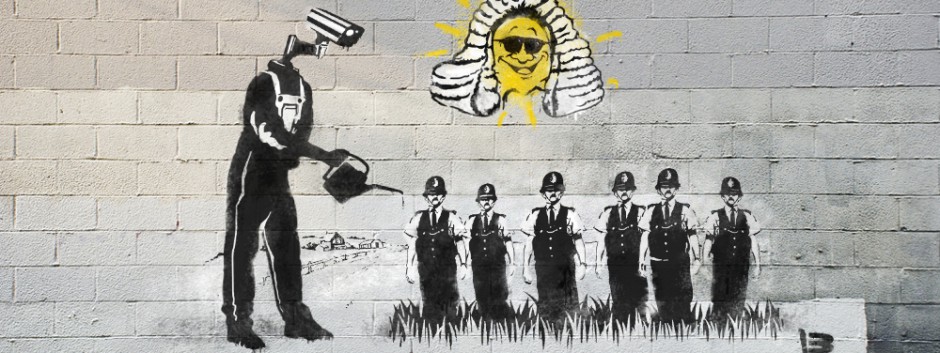Sound has always been linked to our upbringing. It helps us physically communicate with each other. Language is another more direct form of clear communication. The last communication I will introduce is technology. By using technology, we can connect with our history. Sound, Language, and Technology is connected through the roots of our cultures, allowing us to communicate with each other.
Sound was a powerful weapon that could be stored and used when it was effective to the bearer. Throughout time we see how people use sound for their advantage. Sound was being used on battle fields or for ceremonies. According to Rath, “The way violins were used was as a jali form of storing powerful, namely, court drumming patterns and the rhythms of military dance. These stored forms could be reconstituted as direct manifestations of power. They were an effective way of transmitting knowledge across time (Rath, pg. 14)”. Such practices were deemed dangerous because society was at a harsh time in this moment. People were taking advantage of others and didn’t want any form of communication between individuals around them. The possessor of violins and other instruments had a compelling impact to others around them. They would be roused to form together by the sound of these instruments. The conversing of such action was a historic moment for sound. The connection brought about a new way to communicate with others without speaking words.
Language is different for many but conveys the same meaning through our cultures. Our voice carries differently but with an immense meaning. Williams said, “The future of language would involve our getting closer and closer to being able to articulate the unspoken. Consciousness, like technology, evolves over time. In the same way that there are advances in technology that may take a decade or more before they reach the public, there are also shifts in consciousness that gradually become understandable to the masses over time (Williams, pg. 22)”. Language being our fundamental nature that allows us to communicate. As we evolve as human beings our language becomes clearer through time. We can understand more of the world, getting closer our history through language. As we know more about our cultures our language takes a drastic shape that we can only hope for the better. The lost languages that we can bring to our society can only make our culture built together. We should be more understanding of other languages to be more connected to each other. As time passes, we can only hope for a future where no matter what language we may use, we still communicate with hope. Allowing predecessors to dictate what is right should be a thing of the past.
Technology is a scary endeavor no matter what is created. Some technology uses us, but some can create advances to help our cultures. As stated by Thompson, “By starting here, with the solidity of technological objects and the material practices of those who designed, built, and used them, we can begin to recover the sounds that have long since melted into air. Along with those sounds, we can recover more fully our past (Thompson, pg. 125-126)”. These technologies can help store sound and bring back cultures that were destined to fade away from our history. As we bring back these sounds, we can better perceive what our cultures experienced. The suffering some individuals faced can guide us into stronger human beings. People were able to communicate through these contact zones and develop further. Technology is always improving sound, and we see it pave human development along the way.
Our culture allows us to remember our origins through sound, language, and technology. We must be weary of using these advances in a negative way because we can see through history the damages are irrecuperable to mankind. Our history influences how we communicate, and this enhances what we make our society. To shed our skin and prosper we must not let sound, language, or technology take advantage of us but learn from it.




Nicely done, Khaled.